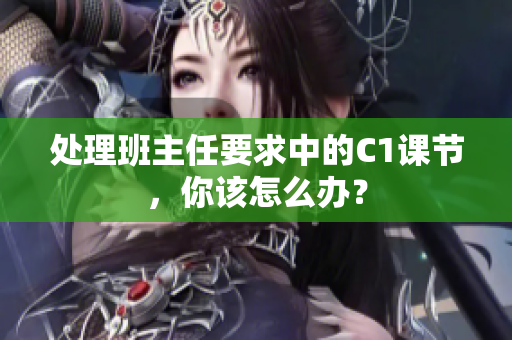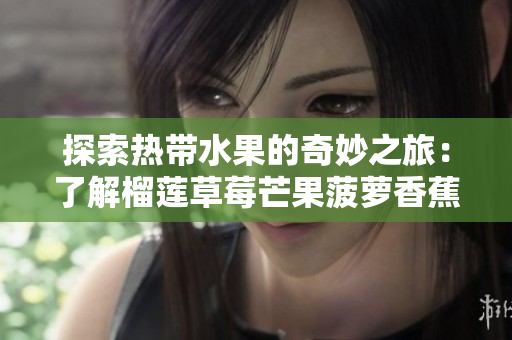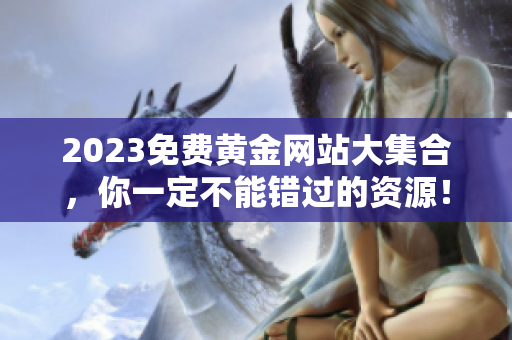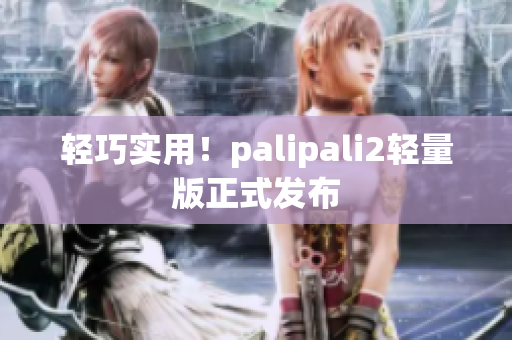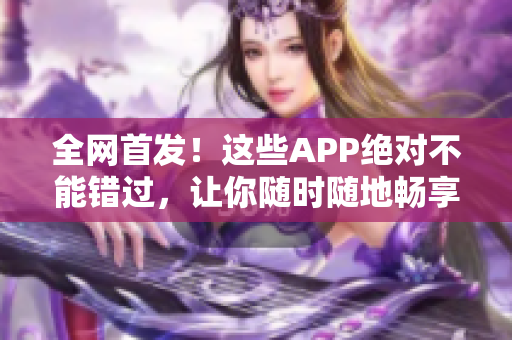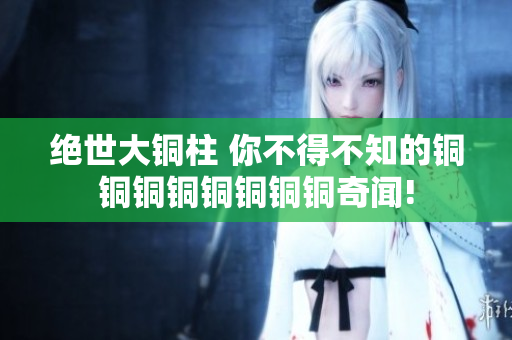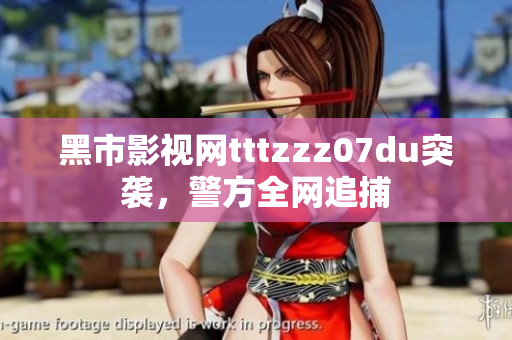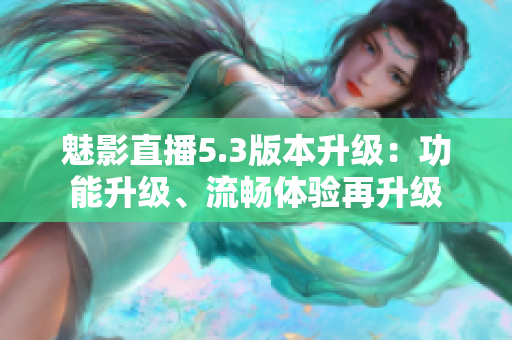Introduction: Art, Technology, and Education
Art has always played a critical role in human culture, providing us with a glimpse into different eras and societies. Today, technology has revolutionized the way we experience and appreciate art, giving us greater access to masterpieces from across the world. However, this technology has also had a profound impact on education, changing the way students learn and interact with one another. In this article, we will explore the intersection of art, technology, and education, and consider the challenges and opportunities that arise from this convergence.
The Power of Western Humanities in Art
Western humanities have produced some of the most iconic works of art in the world. From Michelangelo's Sistine Chapel ceiling to Leonardo da Vinci's Mona Lisa, these masterpieces have inspired countless generations and continue to be celebrated around the world. By studying these works, students gain valuable insights into human culture, history, and emotion. Today, technology allows students to examine these works more closely than ever before, enabling them to appreciate the technical and artistic achievements of Western humanities.
5g Technology in Education
5G technology, the next generation of mobile communication, promises to transform education in many ways. With its high-speed connectivity and low latency, 5G will allow for faster access to online content, video streaming, and real-time collaboration. This will enable students to engage with learning materials in new and exciting ways, allowing them to explore complex concepts more deeply and quickly. Additionally, 5G technology will make distance learning more accessible, enabling students from different corners of the world to learn from one another, breaking down barriers and fostering cross-cultural understanding.
The Role of Teachers in a 5g Classroom
Despite the many benefits of technology in the classroom, it is important to remember that the role of the teacher remains critical to student success. While technology can facilitate learning, it cannot replace the human connection that is essential to effective teaching. Therefore, it is important for teachers to find ways to integrate technology into their teaching while still engaging with their students on a personal level, providing guidance and support as needed.
The Dangers of In-Game Purchases
Online games are immensely popular, with millions of people playing everything from Candy Crush to Fortnite. However, many of these games require players to purchase in-game items, such as items to help them progress in the game or enhance their characters. While these purchases can be tempting, they can also be dangerous, especially for young people who may not fully understand the financial ramifications of such purchases. To protect students, it is important for parents and educators to educate them about the dangers of in-game purchases, and to encourage them to think carefully before making any purchases.
The Importance of Ethical Behavior in Education
Education is rooted in ethics, with educators and students alike expected to behave with integrity and respect. However, recent reports have shown that some students have engaged in unethical behavior, such as cheating on exams and plagiarizing assignments. To combat this issue, it is important for educators to emphasize the importance of ethical behavior, and to provide students with clear guidelines and consequences for unethical behavior. Additionally, educators must model ethical behavior themselves, demonstrating that ethical behavior is essential for success in both education and life.
The Scarcity of Early Childhood Education in Southeast Asia
Early childhood education is critical to child development, providing a foundation for learning and socialization. However, in many parts of Southeast Asia, early childhood education is scarce, with many young children lacking access to quality education. To address this issue, governments and educators must work together to increase access to early childhood education, providing young children with the resources and support they need to succeed. By investing in early childhood education, we can help to ensure that all children have the opportunity to reach their full potential.
Conclusion: The Intersection of Art, Technology, and Education
Art, technology, and education are all essential components of a well-rounded education. By exploring the intersection of these three areas, we can gain a deeper understanding of human culture and history, while also preparing ourselves for the challenges of the future. Whether we are studying the works of the great masters, harnessing the power of 5G technology, or emphasizing the importance of ethical behavior, we must remain committed to providing students with the tools they need to succeed in both education and life.

